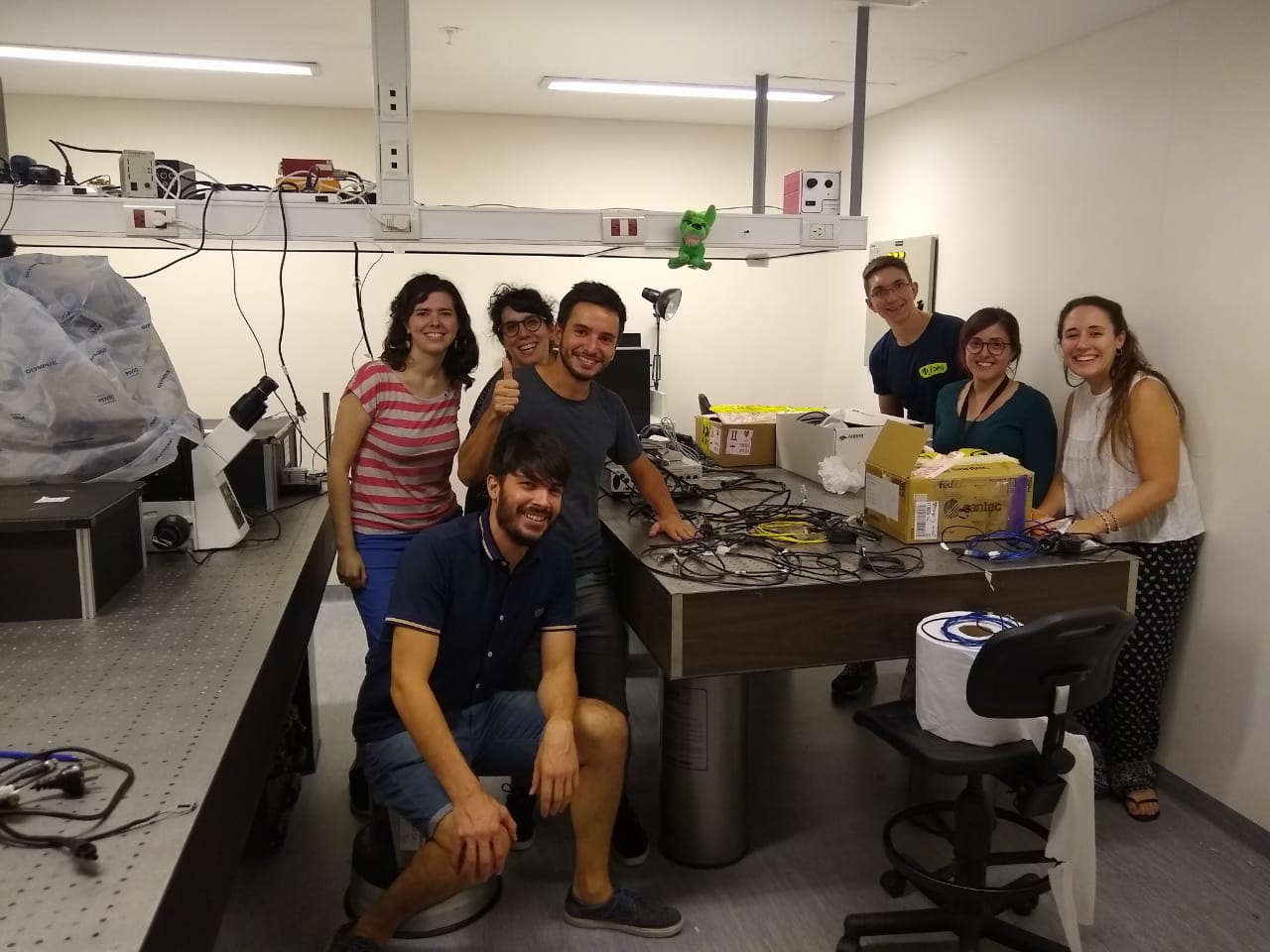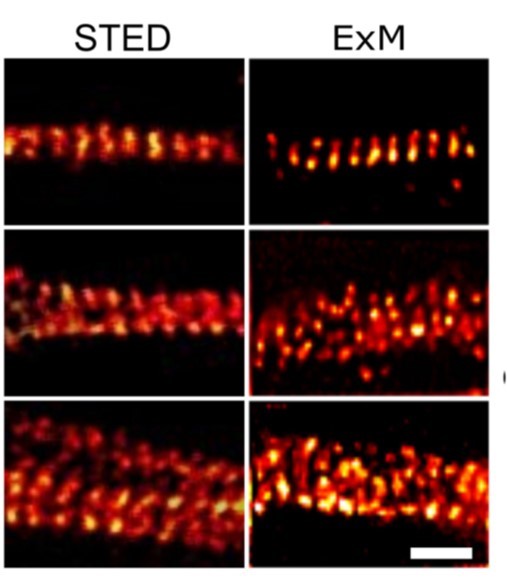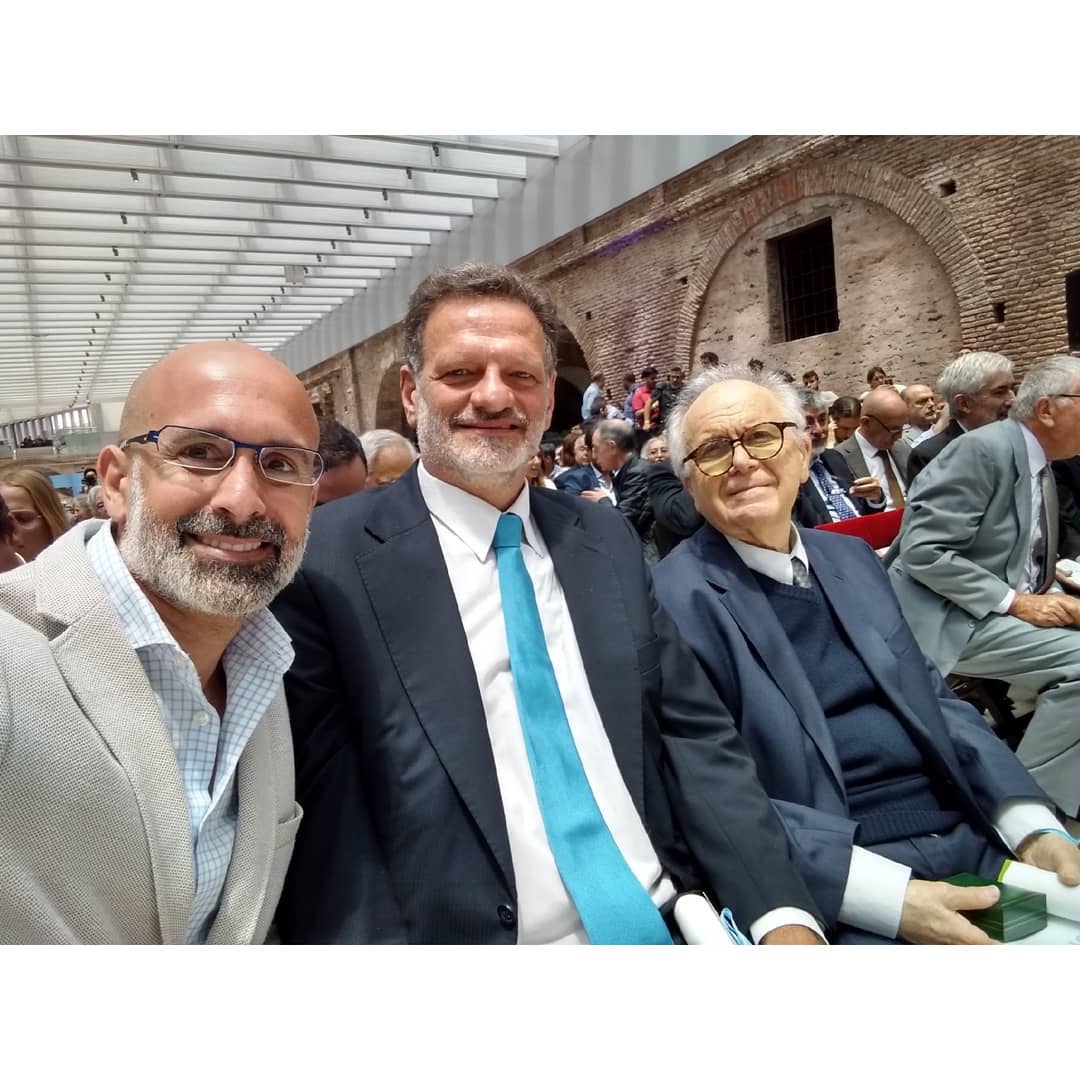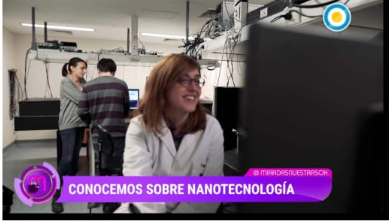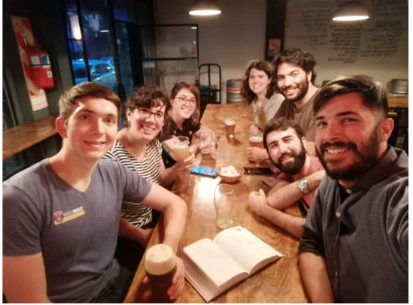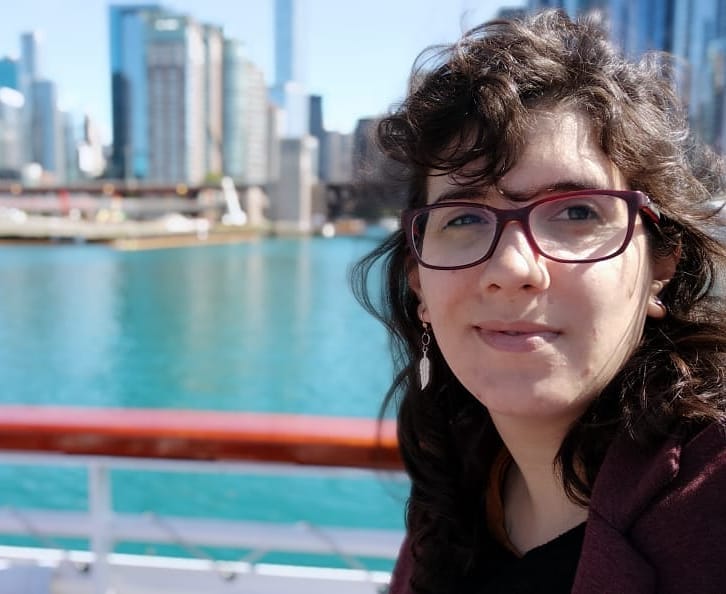Detecting fibrillar molecular organization even when it is invisible!
SMLM is fantastic to obtain super-resolved fluorescence images. However, it is often the case that the density of localizations is too low to obtain a clear image. Instead, sparse distributions of single-molecule positions are obtained, where any underlying molecular organization is invisible to the eye. The reason for this could be an inefficient labeling or [...]


